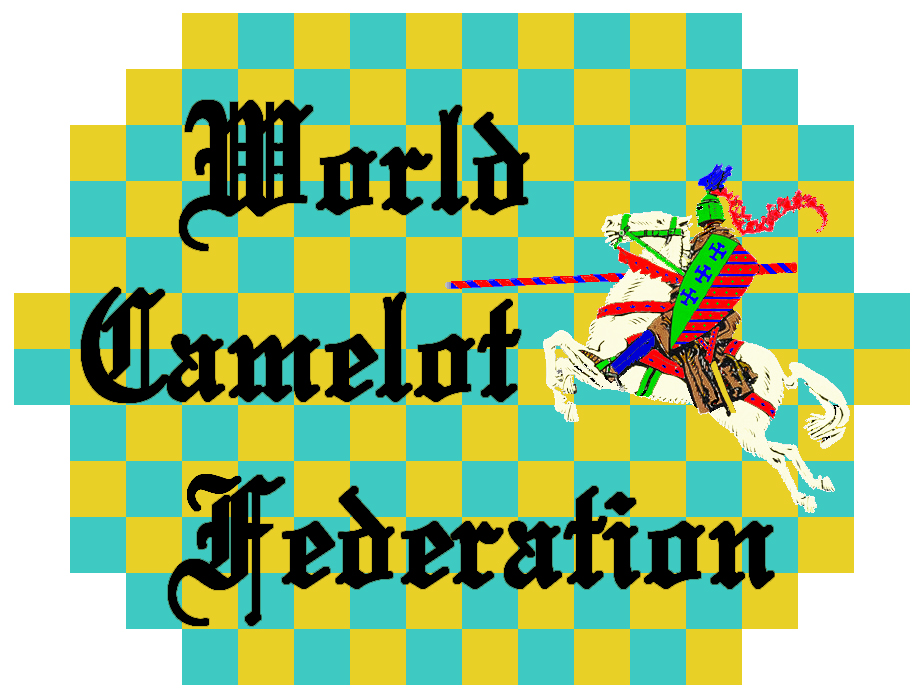In 1888, Parker
Brothers advocated using an Abbreviated Algebraic Notation system in its game of
Chivalry. The abbreviation resulted in Jumps not being differentiated from
Canters, and worse yet, intermediate leaps not being specified. For example, a
Knight's Charge could read E9-I7, often with ambiguous meaning.
In 1930, Camelot
was introduced using a Numerical Notation system. That same Knight's Charge
mentioned above would be displayed as KC 71 C 49 J 75 J 99. Similarly, in 1932,
Grand Camelot was introduced using a Numerical Notation system.
As of 1999, the
World Camelot Federation had adopted a Full Algebraic Notation system for all
members of the Camelot family of games. That Knight's Charge mentioned above
would be displayed as E9-G11xI9xI7.
As of 2008, the
official WCF rules for all two-player games of the Camelot family (Camelot, Cam,
Chivalry, and Camette) specify that the colors of the two players are White and
Black, and that White always moves first from the same starting position.
(Earlier rules specified colors of Red & Yellow, Red & Green, Red & White, and
Red & Blue. Earlier rules also allowed either player to move first from that
player's respective starting position. This made it exceptionally difficult to
compare game scores.)
As of 2008, the
official rules for all four-player games of the Camelot family (Grand Camelot
and Grand Cam) specify that the colors of the four players are Red, Blue, Green,
and Yellow. (Earlier rules specified colors of Red, White, Blue, and Yellow.)
Finally, as of
2008, the official rules for all three-player games of the Camelot family
(Tri-Camelot) specify that the colors of the three players are Blue, Red, and
Green.
Following are
Camelot and Grand Camelot charts for conversions between Numerical Notation and
Full Algebraic Notation. Also shown is the interface for a Camelot Converter
program that is available for the use of interested parties upon request.
(Algebraic on top,
Numerical on bottom)
